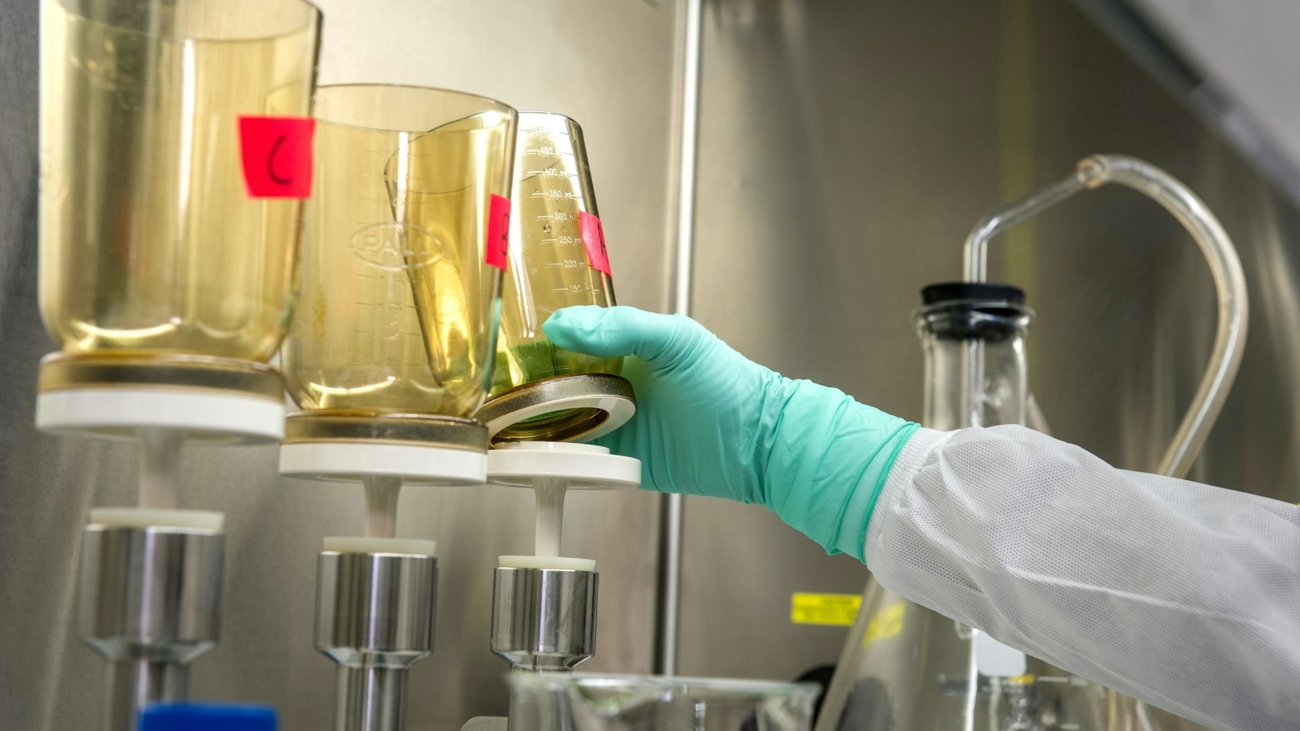Agriculture, one of the oldest industries, is undergoing a transformative revolution fueled by cutting-edge technologies. These advancements are not only enhancing productivity and sustainability but also creating substantial economic opportunities. This article explores the latest agricultural technologies and their economic potential.
1. Precision Agriculture
Precision agriculture involves using technology to ensure crops and soil receive exactly what they need for optimal health and productivity. Technologies like GPS, IoT sensors, and drones are key components.
- GPS and GIS Mapping: These technologies enable farmers to map their fields accurately and apply inputs (like fertilizers and pesticides) precisely where needed. This reduces waste, lowers costs, and increases yields.
- IoT Sensors: Sensors placed in fields monitor soil moisture, nutrient levels, and crop health in real-time. This data helps farmers make informed decisions, leading to better resource management and higher productivity.
- Drones: Drones equipped with cameras and sensors provide aerial views of fields, helping in crop monitoring, health assessment, and even planting.
Economic Potential: Precision agriculture can significantly reduce input costs, increase yields, and improve overall farm efficiency. According to a report by Grand View Research, the global precision farming market is expected to reach $16.35 billion by 2028, driven by the need for increased agricultural productivity and sustainable farming practices.
2. Artificial Intelligence and Machine Learning
AI and machine learning are transforming agriculture by analyzing vast amounts of data to provide insights and predictions.
- Predictive Analytics: AI models predict weather patterns, pest infestations, and crop diseases, allowing farmers to take preventive measures.
- Automated Machinery: AI-powered machinery can perform tasks such as planting, weeding, and harvesting with greater precision and efficiency than human labor.
Economic Potential: AI can lead to significant cost savings and productivity gains. The AI in agriculture market is projected to reach $4 billion by 2026, with applications ranging from automated equipment to predictive analytics driving the growth.
3. Biotechnology
Biotechnology includes genetic engineering, molecular markers, and tissue culture to improve crop varieties and livestock.
- Genetically Modified Organisms (GMOs): GMOs are engineered for traits like pest resistance, drought tolerance, and higher nutritional content.
- CRISPR: This gene-editing technology allows for precise modifications to an organism’s DNA, leading to the development of crops that can withstand harsh conditions and have better yields.
Economic Potential: Biotechnology can lead to higher crop yields, reduced losses, and improved food security. The global agricultural biotechnology market is expected to reach $73.8 billion by 2027, driven by advancements in genetic engineering and the growing demand for sustainable agricultural practices.
4. Vertical Farming
Vertical farming involves growing crops in stacked layers, often in controlled indoor environments.
- Hydroponics and Aeroponics: These soilless farming techniques use nutrient-rich solutions to grow plants, requiring less water and space compared to traditional farming.
- LED Lighting: LED lights provide the optimal spectrum for plant growth, enabling year-round production regardless of external weather conditions.
Economic Potential: Vertical farming can significantly increase food production in urban areas, reducing transportation costs and greenhouse gas emissions. The vertical farming market is projected to reach $15.7 billion by 2025, driven by the need for sustainable and efficient food production systems.
5. Blockchain Technology
Blockchain can enhance transparency and traceability in the agricultural supply chain.
- Supply Chain Transparency: Blockchain can track products from farm to table, ensuring food safety and authenticity.
- Smart Contracts: These self-executing contracts can automate transactions and reduce the need for intermediaries, lowering costs and increasing efficiency.
Economic Potential: Blockchain can reduce fraud, improve supply chain efficiency, and increase consumer trust. The blockchain in agriculture market is expected to grow significantly, with applications in supply chain management, traceability, and smart farming contracts driving the demand.
6. Robotics and Automation
Robotics and automation are revolutionizing labor-intensive agricultural tasks.
- Harvesting Robots: Robots equipped with sensors and AI can harvest crops with precision, reducing labor costs and increasing efficiency.
- Weeding Robots: These robots can identify and remove weeds without damaging crops, reducing the need for chemical herbicides.
Economic Potential: Robotics can address labor shortages and reduce operational costs. The agricultural robots market is expected to reach $20.6 billion by 2025, with increasing adoption of automation technologies driving the growth.
Conclusion
The integration of modern technologies in agriculture holds immense economic potential. From precision farming and AI to biotechnology and blockchain, these advancements are reshaping the industry, making it more efficient, sustainable, and profitable. As these technologies continue to evolve, they promise to address global food security challenges and contribute significantly to the economy. Investing in and adopting these technologies will be crucial for farmers and agribusinesses looking to thrive in the 21st century.

